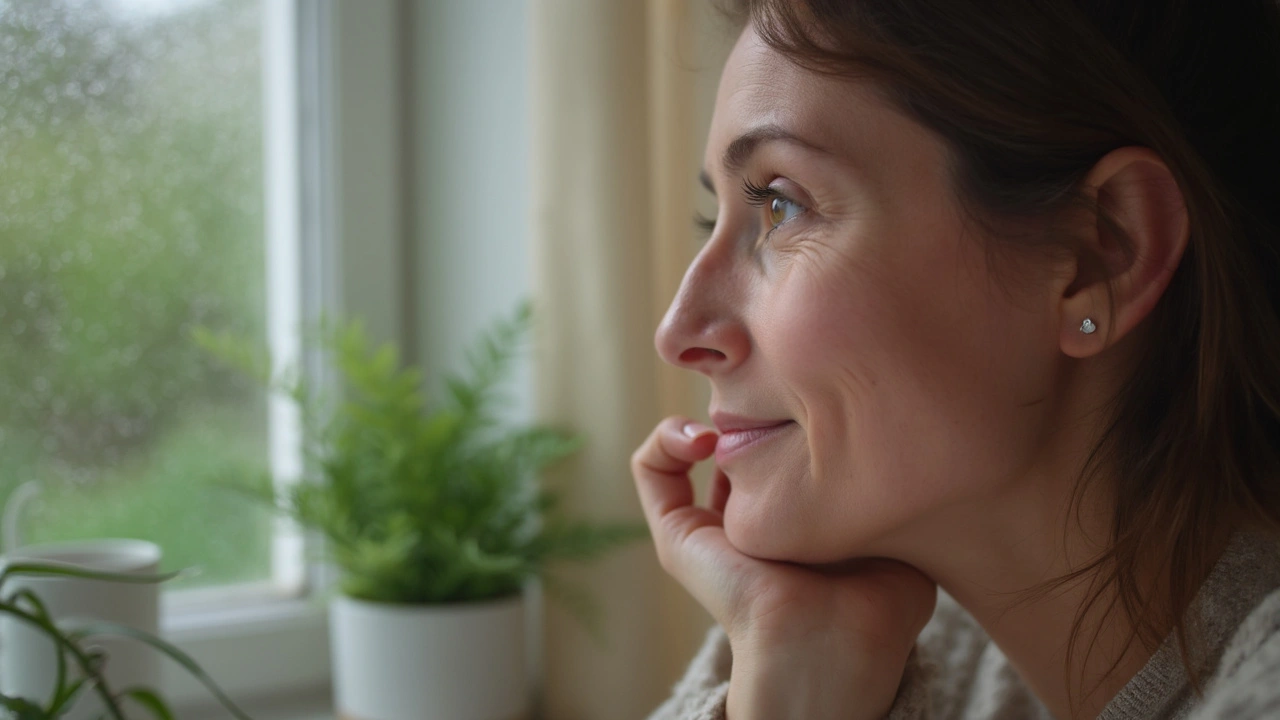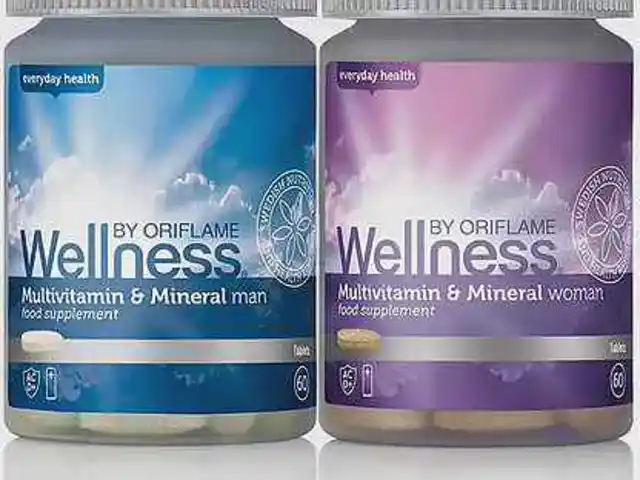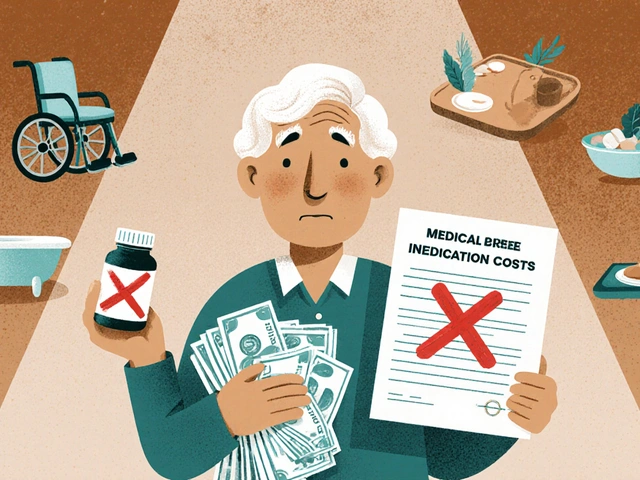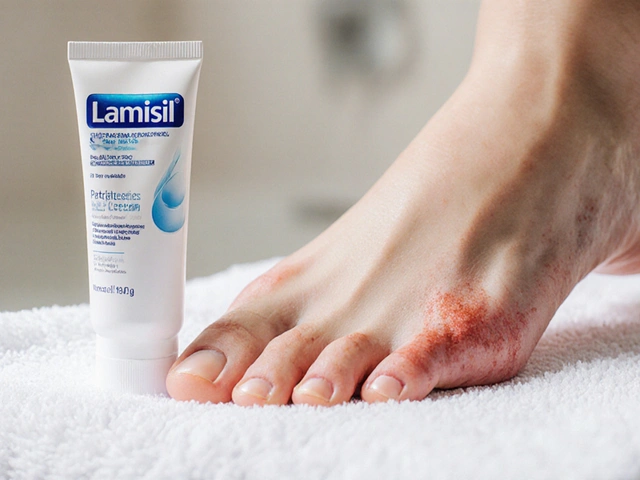Skin Burning: What’s Happening and How to Stop It Fast
Ever get that sharp, stinging feeling that makes you think you’ve walked into a flame? It’s called skin burning, and it can pop up from a lot of everyday stuff – a hot shower, a harsh cleanser, or even an allergic reaction. The good news? Most burns are mild and you can calm them down at home.
Common Triggers You Probably Didn’t Think About
Heat is the obvious culprit, but there are sneaky triggers too. Chemical irritants in soaps, laundry detergent, or even certain fabrics can strip the skin’s natural barrier, leaving it raw and tingly. Sun exposure without protection also sparks a burn that feels more like a sting than a sunburn. And let’s not forget bugs – some bites turn the skin into a mini furnace within minutes.
If you’ve started a new skincare routine, patch‑test a small spot first. That simple step can catch a potential irritant before it spreads across your face or arms.
Quick Relief Steps You Can Do Right Now
First, cool the area. Run cool (not ice‑cold) water over the spot for a few minutes – this shrinks blood vessels and eases the heat. Pat the skin dry gently; rubbing can make things worse.
Next, apply a soothing layer. Over‑the‑counter options like aloe vera gel, calamine lotion, or a thin layer of plain yogurt work well. They add moisture and calm inflammation without adding chemicals.
If the burn is from a chemical, rinse with plenty of water for at least 15 minutes. For allergic reactions, an antihistamine can cut down itching and redness.
Stay away from harsh soaps, alcohol‑based wipes, or anything that smells strong while your skin recovers. Switch to a fragrance‑free, gentle cleanser and keep the skin moisturized.
When to Seek Professional Help
Most skin burns heal in a few days, but watch for warning signs. If you notice increasing redness, swelling, pus, or the pain gets worse instead of better, it could be an infection. Large blisters, deep tissue damage, or burns covering a big area also need a doctor’s eye.
People with diabetes, weak immune systems, or poor circulation should get checked earlier because their skin heals slower.
Long‑Term Prevention Tips
Dress for the weather. In hot climates, wear loose, breathable fabrics that let sweat evaporate. When cooking or handling hot liquids, use oven mitts and keep pot handles turned away from the edge.
Protect your skin from the sun every day – even on cloudy days. A broad‑spectrum SPF 30+ sunscreen is a must, and reapply if you’re out for more than two hours.
Read labels on cleaning products and choose ones labeled “hypoallergenic” or “for sensitive skin.” If you’re sensitive to a certain ingredient, avoid fragrance‑heavy products altogether.
Finally, keep a small first‑aid kit at home with a cool pack, aloe gel, and an over‑the‑counter pain reliever. Having these basics on hand means you can act fast the next time you feel that burning sensation.
Skin burning is annoying, but with these easy steps you can soothe the pain, stop the flare‑ups, and keep your skin feeling comfortable again.

Why Does Rosacea Burn Like Sunburn? Understanding the Neurovascular Causes and Relief Tips
Rosacea often feels like a sunburn, even without spending time in the sun. This article breaks down why that burning sensation happens, zooming in on neurovascular inflammation. Discover the science, common triggers, and hands-on tips for relief and prevention. Factual details and practical advice blend together to help anyone struggling with burning, irritated rosacea skin.




